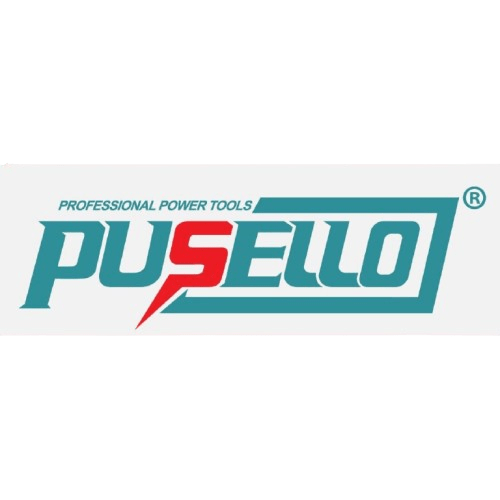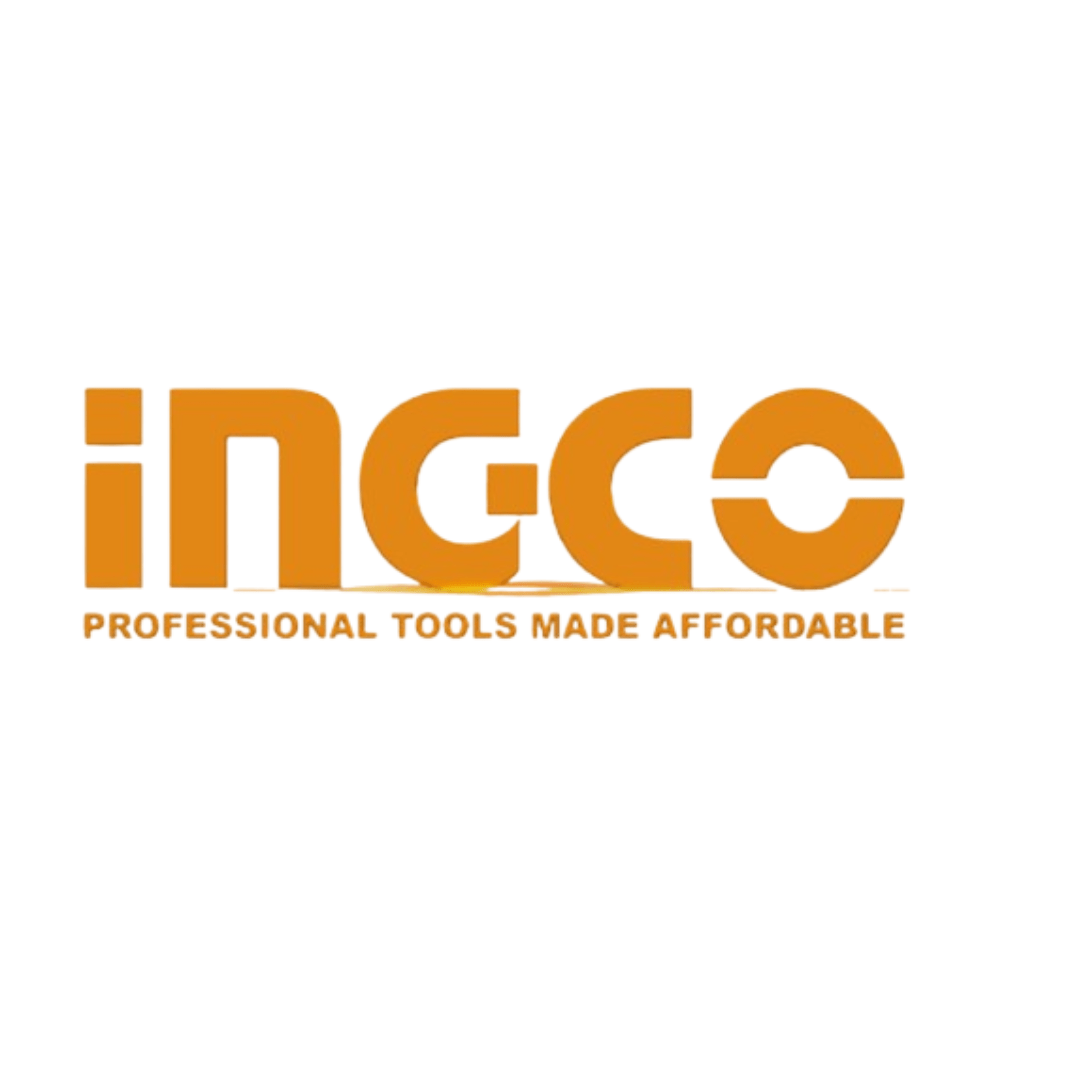Pump It Up: The Unsung Hero of Your Toolkit – The Peripheral Pump

When it comes to hardware tools, the peripheral pump might not be the first thing that comes to mind. Often overshadowed by flashier gadgets, this unassuming yet powerful tool is a real workhorse, quietly doing its job without much fanfare. Let’s take a deep dive into what makes the peripheral pump a crucial part of any toolkit.
What Exactly is a Peripheral Pump?
Imagine a tiny powerhouse that can move liquids with ease, regardless of how thick or thin they are. That’s what a peripheral pump does. Also known as a regenerative turbine pump, this device is designed to handle fluids that would make most other pumps think twice. The secret lies in its design—a series of small, closely spaced vanes along the edge of the impeller (the spinning part) that give the fluid a little extra kick every time it passes by.
The magic of the peripheral pump is in its ability to handle low flow rates at high pressures. This makes it perfect for tasks where precision is key, like dosing chemicals, managing fuel, or even ensuring that your home’s water pressure stays just right.
Why You Should Care
So, why should you, the hardware enthusiast, care about a peripheral pump? Because it’s all about efficiency and versatility. This pump can work with a variety of fluids—water, oils, even some corrosive substances—without breaking a sweat. If you’re dealing with a project that requires the movement of liquids under pressure, a peripheral pump is the tool you want in your corner.
Think about it like this: if your toolkit were a rock band, the peripheral pump would be the bass player. It’s not always in the spotlight, but without it, nothing would run as smoothly.
Applications: From Backyard Projects to Industrial Power
One of the coolest things about peripheral pumps is how adaptable they are. Whether you’re working on a small backyard project or managing an industrial system, this pump can handle it. Need to move water from a rain barrel to your garden? A peripheral pump has got you covered. Want to maintain the pressure in a complex irrigation system? Yup, the peripheral pump is your guy.
In industrial settings, these pumps are often used for boiler feed, refrigeration, and handling low-viscosity liquids in chemical processes. They can withstand the kind of abuse that would send other pumps to an early retirement, making them an investment worth every penny.
The Science Behind the Power
Let’s get a bit technical for a moment. The peripheral pump works on the principle of regenerative action. As the impeller spins, fluid enters the pump through the suction port and is then caught by the vanes. The fluid is accelerated and moves along the outer edge of the impeller, gaining energy with each pass. This repeated process boosts the pressure, making the pump incredibly efficient at moving liquids in a controlled manner.
This design also allows the peripheral pump to self-prime, meaning it can remove air from the system and get to work without the need for external help. This is a huge advantage when working in situations where air pockets could cause issues.
Maintenance: Keeping Your Peripheral Pump in Top Shape
Like any piece of equipment, a peripheral pump requires some TLC to keep it running smoothly. The good news is that maintenance is straightforward. Regularly check for leaks, ensure the impeller is free of debris, and keep an eye on the bearings. With a bit of attention, your pump will provide years of reliable service.
Conclusion: The Peripheral Pump – Small but Mighty
In a world full of specialized tools, the peripheral pump stands out as a versatile, dependable, and efficient device. Whether you’re an avid DIYer, a professional contractor, or someone who just appreciates the inner workings of hardware tools, the peripheral pump deserves a spot in your toolkit.
So next time you’re in the hardware aisle, don’t overlook this unsung hero. Pump it up and let the peripheral pump show you just how powerful it can be!


 Acrylic Sealants
Acrylic Sealants Construction Adhesives
Construction Adhesives Double-Sided Tape
Double-Sided Tape Duct Tape
Duct Tape Electrical Tape
Electrical Tape Epoxy & Resins
Epoxy & Resins



